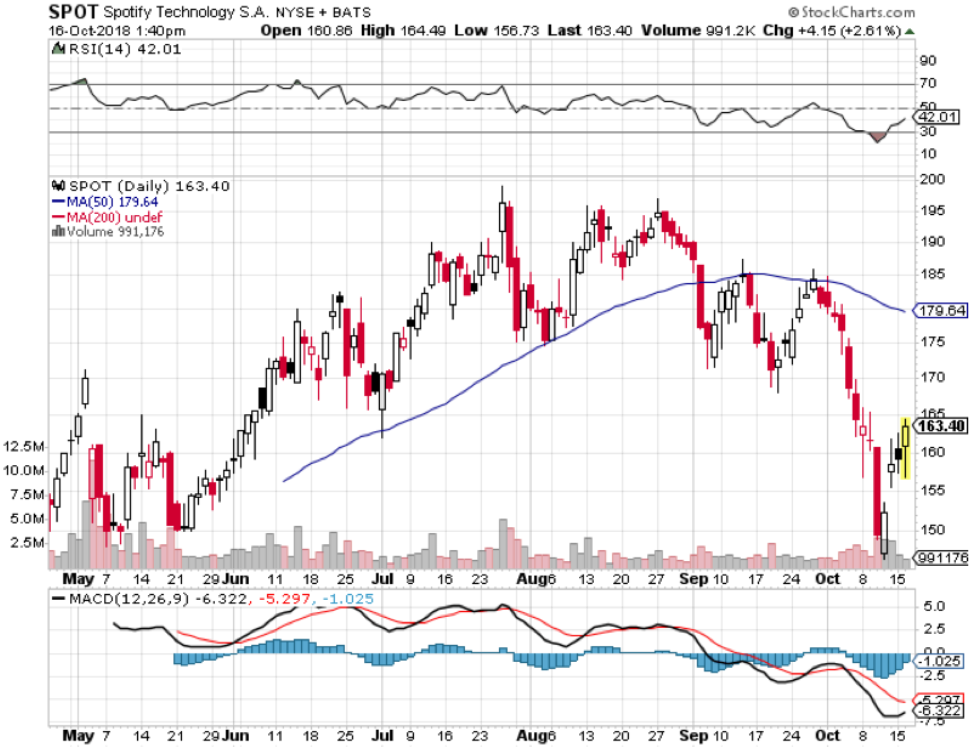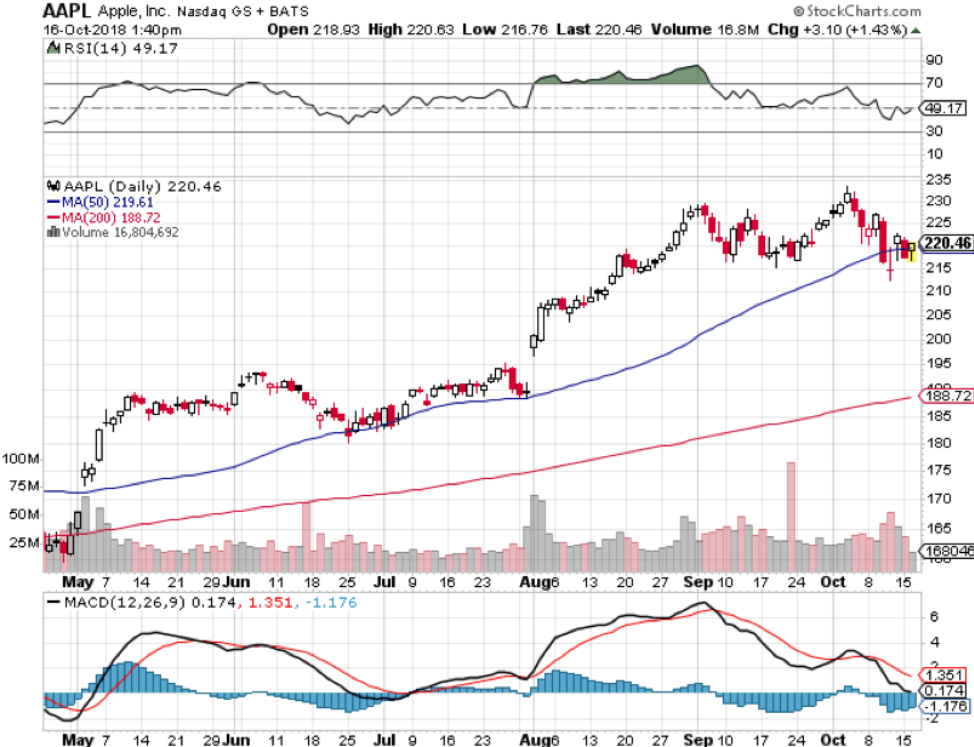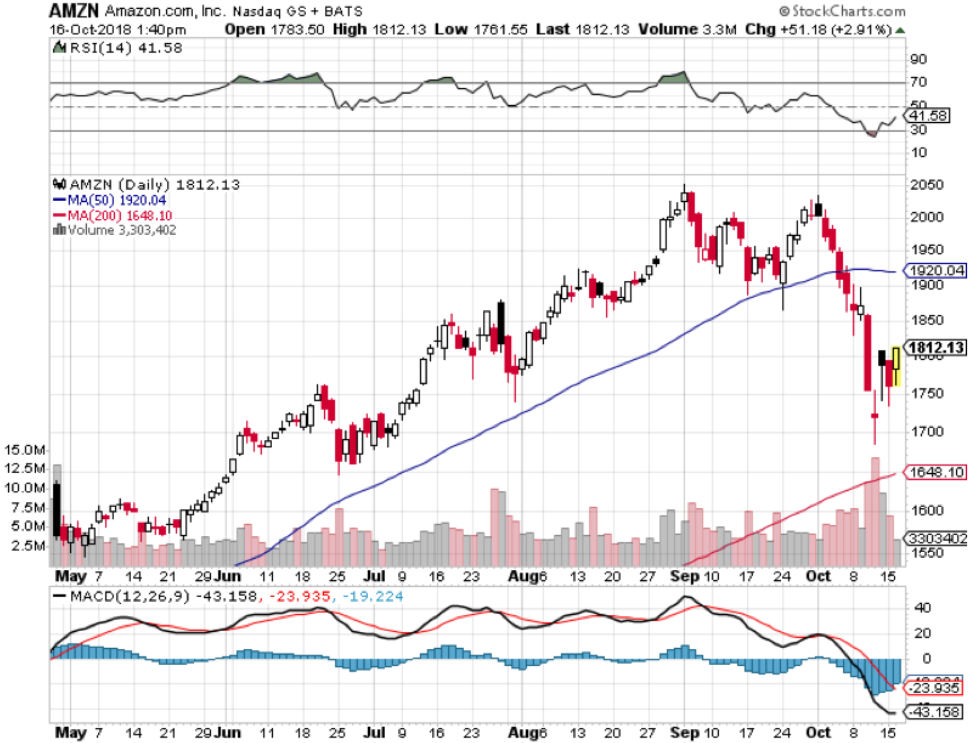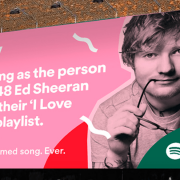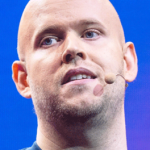It’s not earth-shattering to concede that our attention spans have shrunk and as a result, there are unintended consequences.
The various smart devices and other technology vying for a slice of your precious attention have been accepted as the new normal.
Whether it’s binging on Netflix (NFLX) or gaming on a Microsoft Xbox (MSFT), consumers are absorbed obsessively staring into a screen most of the day.
As tech penetrates the core of our existence, the music industry has been the recipient of changes that were hard to fathom just a few years ago.
And as all businesses morph into pseudo-tech enterprises supported by data analytic teams, management is able to unearth some compelling data and utilize it to commercialize the audience.
Spotify (SPOT), the world’s leading music streaming platform, doesn’t monetarily reward music artists unless a stream surpasses a minimum of 30 seconds.
This is just one way that Spotify’s founder and CEO Daniel Ek has changed the music industry.
Think about the implications.
Gone are the elaborate instrumentals to warm listeners up before a catchy chorus hooks you forever.
Songs are entirely front loaded now with the end goal of persuading listeners to not swipe until the 30-second barrier is passed.
Whatever happens after that doesn’t matter – the song might as well go silent because Spotify will pay the artist.
According to Spotify data, Ed Sheeran’s “The Shape of You” is Spotify’s most-streamed song with 1.94 billion listens.
This is just one scant nugget of data in Spotify’s treasure trove of global music data that finely chronicles the state of the music industry and how consumers devour music.
Spotify CFO Barry McCarthy promptly explained the Spotify’s relationship with data and music at the Goldman Sachs’ (GS) Communacopia conference by saying, “The company with the most data wins. The company with the most data insights wins. The company with the engineering culture, software-driven business wins. And that’s the play we’re making.”
In the current tech climate, I will take software over hardware any day of the week.
Hardware sales are a one-off event until the next cycles bring an upgraded iteration which could take years to execute.
Software sales are an annual recurring revenue stream that is as sticky as the software's quality giving hope to company CFO’s of a perpetual income stream.
It doesn’t matter that Spotify isn’t profitable. The end goal isn’t to make money in an industry that is notoriously difficult to combat the royalty expenses eroding 70% of every $1 of revenue.
What has happened is that Spotify is too big to fail and it loves every second of it.
The music industry needs Spotify just as much as Spotify needs the music industry and this awkward partnership is far from a match made in heaven, but it works for the foreseeable future.
It helps that artists, for the most part, have bought into the data-based streaming model.
Music artists have turned into tech-like firms themselves.
Their new goal is to compile an audience then monetize like Spotify itself.
It speaks volumes of how the tech model has penetrated every corner of the world.
Apple (AAPL) is acutely aware of the potency a music streaming service offers and has been investing in Apple Music, its music streaming arm.
Rumors have been swirling that Apple absorbed the entire staff of a music analytics firm called Asaii including the owners, for a tad under $100 million.
This talent grab on the heels of the Shazam purchase indicates that Apple seeks a better understanding of how to curate music playlists and better serve music fans who own Apple devices.
Even though Apple has the second leading music streaming service, they have ceded the battle to Spotify.
CEO of Apple Time Cook is on record saying, “We’re not in it for the money.”
Indirectly, Cook means Apple Music is a loss-making division and he doesn’t care because it is just a small fragment of what makes Apple one of the best companies in the world.
Apple has also commissioned 24 television shows and 2 films costing them $1 billion.
A single billion is peanuts considering the eye-popping amount of Apple’s cash hoard. They can afford to take the long-term view and slowly enhance the ecosystem instead of Spotify whose eggs are all in one basket.
Apple is more concerned about offering iOS users the best experience possible and in return Cook hopes to count on them to use iOS devices for a lifetime.
Apple Music’s biggest weakness is its biggest strength.
In short, Apple music is tailored to the iOS operating system.
If you sign up, the app directs users to sign up for an Apple ID if you do not already have one.
Android lovers have little interest in signing up for Apple Music considering they do not have an Apple device and then must pay $9.99 per month after the introductory 3-month offer expires when Spotify is free. It’s not worth the extra hassle.
It is almost certain that Spotify will enact an Android operating system pivot to build a moat around its business and that is something Apple cannot do.
Spotify will start partnering with Samsung, Microsoft, and the Android-based Asian manufacturers to focus on monetizing the Android audience and make it even more inconvenient for listeners to access Apple Music.
Signing up for Spotify and listening to its ad-free subscription without creating an Apple ID is more appealing.
And after three months, users have the option to continue a free version of Spotify, albeit with digital ads popping up.
This leads me to the belief that there is definitely space for more than one player in the music streaming industry.
Amazon is another tech firm who has a music streaming service but are more concerned if they convert users into prime memberships.
If compiling the most music data wins out, then Spotify is in the lead with its 83 million paid users and 101 million free users.
Apple trails in second place with 50 million users which is still an extraordinary number of listeners and easily monetizable.
The way music streaming platforms works is that users are more likely to listen to the most popular artists and songs and not look for an adventure.
The app is merely there to locate the songs they already like or click on a recommendation produced by an algorithm.
It’s not like going out on a Friday night to experience some unknown singer in a grunge basement and becoming a new fan. Users know what they want, and they desire to access it. Such is the nature of internet search.
Spotify’s data shows that out of 3 million artists on the platform, 200,000 artists receive 70% of the music streams, clearly segmenting the haves and have-nots.
The rest of the 2.8 million are struggling to be discovered and cannot cut a wage off of Spotify’s platform.
Online music streaming products also align perfectly well with artificial intelligence-based voice activation technology.
These services will deeply integrate this technology into its services as they desire to ramp up the quality of services.
As for the music streaming business hopefuls, it's game over as the three major players have the leverage to put out any fires that crop up.
When you break it down, Spotify has a 180 million user audience growing at 30% YOY and is hellbent on becoming profitable.
As they enhance the platform’s tools and services, gradually expect more subscription-based products to entertain users.
And even if Spotify doesn’t become profitable as soon as they would like, the aggregate hoard of data will multiply in value.
Spotify is already the most prized music asset in the world with a market cap of $26 billion, about $10 billion higher than all global music revenues.
Yes, Spotify destroyed album artwork and its audio quality of 320 kilobits per second is no match for CD-quality audio. But this is the world we live in today and Daniel Ek’s Spotify is the 800-pound gorilla in the room.
Spotify is a great long-term buy-and-hold asset. Take the latest weakness to add to your position.

